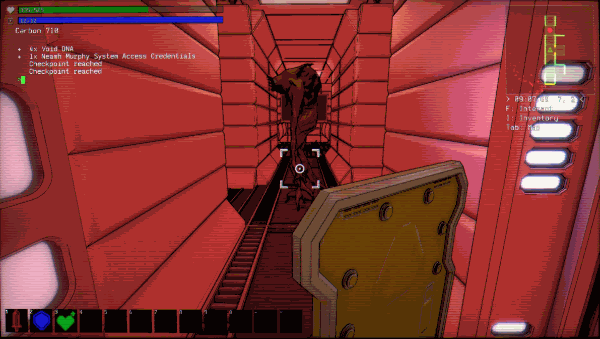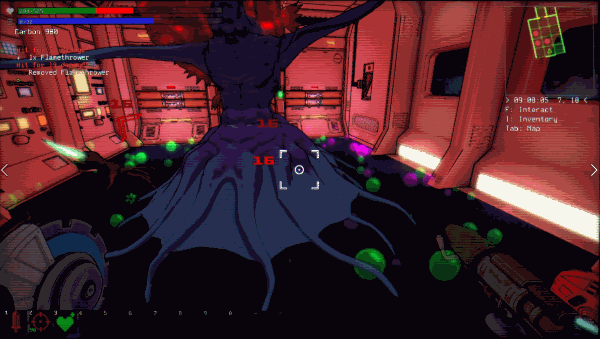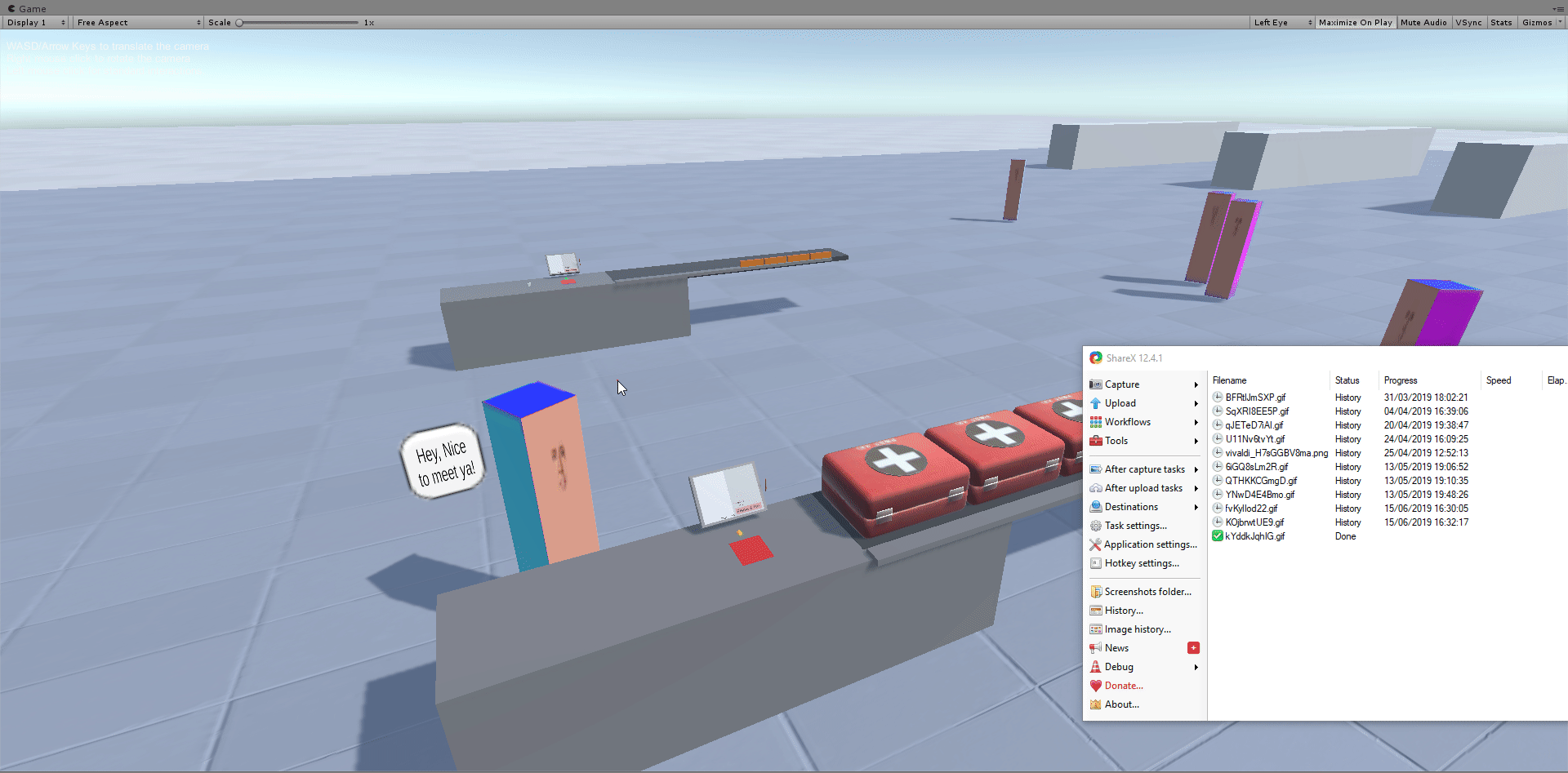Anyone know any good resources for how to deal with parallax stuff in unity? That mixed with 2D sidescrolling endless runner platform generation. I've watched some videos, just wondering if anyone has any stuff they personally found very helpful.
I had a complex system of layers and partial renders but eventually said "fuck it" and replaced it with a homegrown solution as hacky and duct-taped as literally moving the parallax layers in the same direction of the camera at different speeds (to make them "move slower"). Further away = faster, with the furthest ones moving at nearly the same speed of the camera (and thus appearing to barely move). Each layer is a script that registers itself on another script on the camera, then whenever the camera moves, it lets the parallax layers know how much so that they can update their positions.
The old system was not very flexible and forced me to use Unity layers on it, which are very limited (32, as opposed to the potentially infinite sorting layers). The new solution is far more flexible and lets me add any number of layers at any scrolling speed I want, with no side effects (in case you thought of doing something like this and were wondering if it would affect anything or look bad).
In the case of an endless runner, I'm guessing it would be a matter of moving the leftmost tile to the right end when the player reaches it, and viceversa. Since you're already updating the parallax layers every time the camera moves, this should be relatively easy to do.
Let me know if you want the scripts. :)













